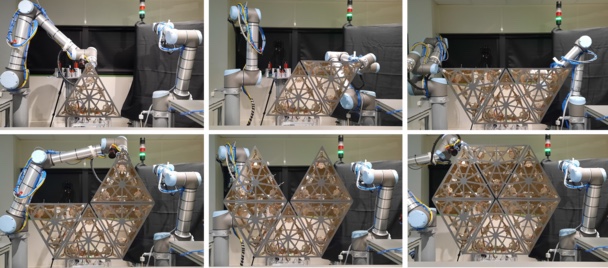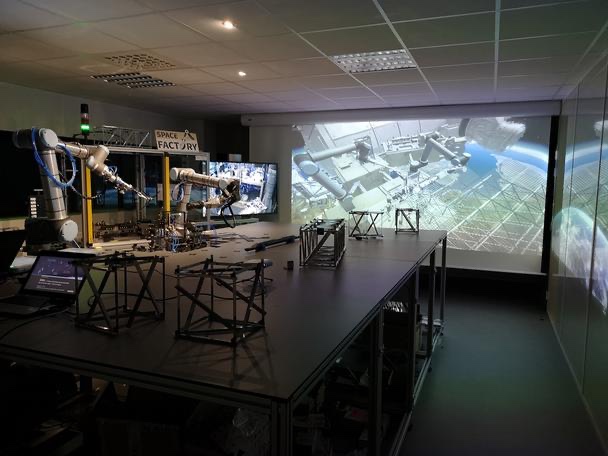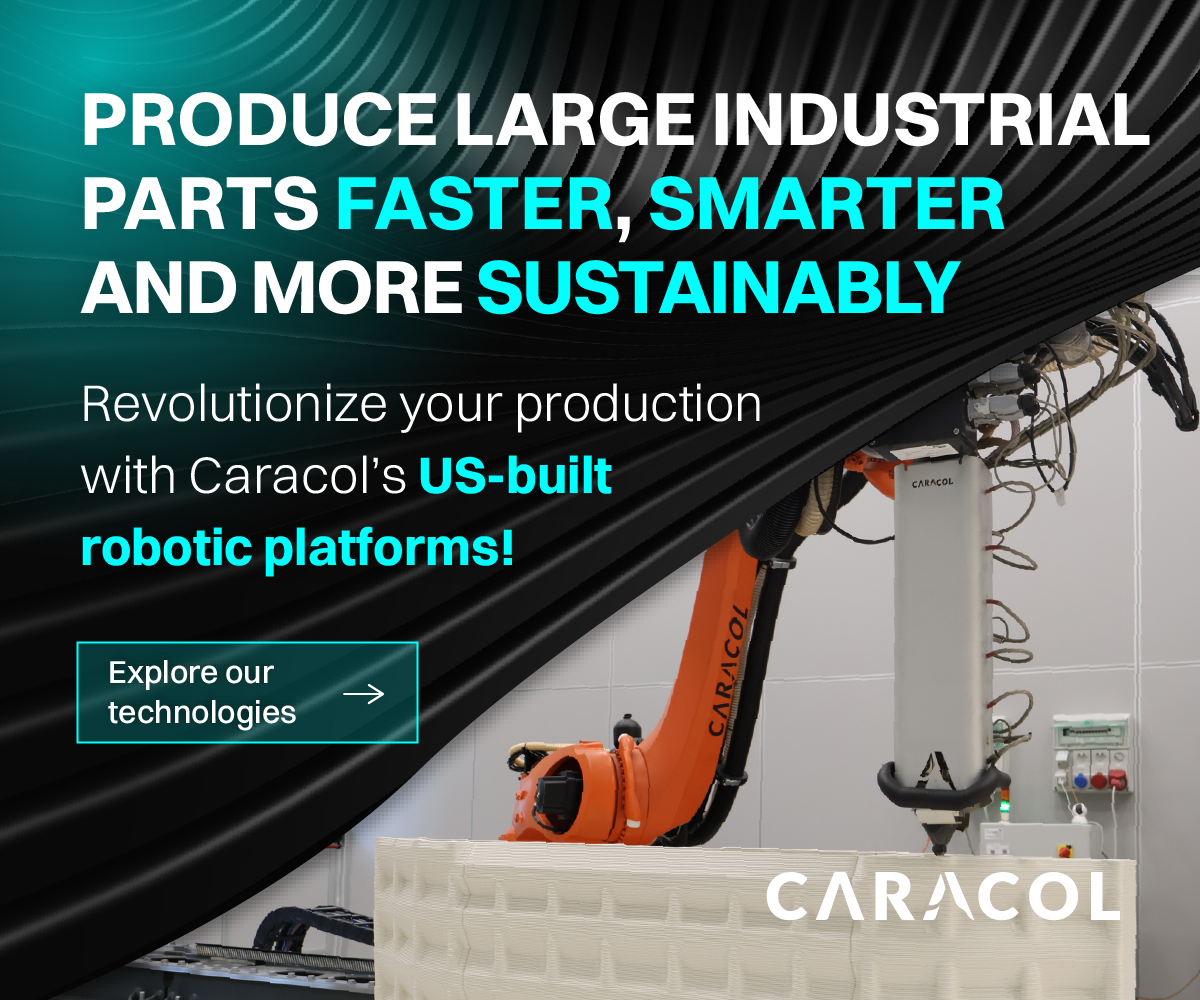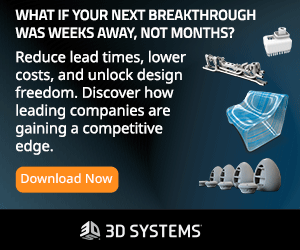Global aerospace and defense giant Airbus has announced that next year, it will launch into space what the company says will be the first metal 3D printer in use aboard the International Space Station (ISS). Airbus developed the plainly-named Metal3D machine on behalf of the European Space Agency (ESA), and envisions it as a first step in a long-term process towards creating entire circular economies in orbit.

Brick# 3: kit assembly for huge reflectors
According to Anthony Lecossais, part of the team that developed the Metal3D for Airbus, “…the best material to use in space is the one that’s already up there. Before we can recycle satellites or even turn debris back into sustainable resources, we need first to learn how to melt metal in space without any gravity. To learn how we can print metal parts in space and validate the technology in microgravity, Airbus and its partner are delivering to ESA the first in orbit metal 3D printer.”
As Lecossais points out, it’s of course not yet clear exactly how different a manufacturing process in space will be from that same manufacturing process at ground level, until it actually happens. On the other hand, the company Made in Space had, by 2014, already sent a polymer 3D printer to the ISS, and it sent a ceramic 3D printer there in 2020. It isn’t unrealistic to think, then, that the initial step of 3D printing the first metal objects in space will be successful.

All the other potentialities that Airbus envisions, in the press release the company issued announcing this project, are far more up in the air. This is at least true in terms of some of the dates Airbus throws out: that “3D printers could also be used on the moon” as early as 2029, for instance. Or, that by the middle of this decade, entire satellites could be manufactured in space, possibly from recycled space junk. And that a Space Assembly Line is an inevitable, fairly near-term future reality, where robotic arms will work together to build new robotic arms.
Sure, why not! But, also, Airbus says that all of this will be the sustainable way of doing things, and I’m not sure about that. The logic is that by building things in space—since you can recycle the space junk, you see—far less energy will be used than would’ve been the case if you’d launched the equivalent number of new things into space.
Based on how things have played out so far terrestrially, though, are we really going to recycle the space junk? Maybe astronauts will turn out to be far more conscientious and competent recyclers than the average earthling. At the very least, I feel like I need to see a successful metal AM circular economy emerge on the planetary level before I can get behind the idea of one happening in space.
Nevertheless, it does seem like humanity is committed to creating more and more space junk, so at least Airbus is thinking ahead. Perhaps, if it can be figured out how to be made profitable, recycling space junk into new satellites will be commonplace in 20 years. Even so, at this point I can’t see how this isn’t more likely to be part of a first step on a path towards significantly increasing the amount of garbage in space, rather than a move in the direction of a sustainable space sector.
Images courtesy of Airbus
Subscribe to Our Email Newsletter
Stay up-to-date on all the latest news from the 3D printing industry and receive information and offers from third party vendors.
Print Services
Upload your 3D Models and get them printed quickly and efficiently.
You May Also Like
Stratasys’s Aerospace Push: How 3D Printing Is Powering Drones, Space, and Defense Readiness
When Foster Ferguson joined Stratasys after a long career in the U.S. Marine Corps, he brought with him a logistics mindset: every mission succeeds or fails on readiness. That same...
Safran Buys Three Lithoz 3D Printers for Casting Cores
Safran Aircraft Engines has bought three Lithoz CeraFab System S65 for its Gennevilliers site. Gennevilliers is a main site for Safran to make cast and forged parts for aero engines....
3D Printing News Briefs, October 4, 2025: Dental Resin, Ceramic Ear Molds, Placenta Organoids, & More
We’re kicking things off today with a little business news, as Raplas appointed Multistation as a sales partner, and Carbon announced commercial availability of its dental FP3D resin in the...
3DPOD 272: Kevin Kassekert, VulcanForms CEO
Kevin Kassekert has deep experience building factories for Tesla and has worked in the semiconductor industry. He now helms VulcanForms and is looking to scale their high-yield Laser Powder Bed...




































